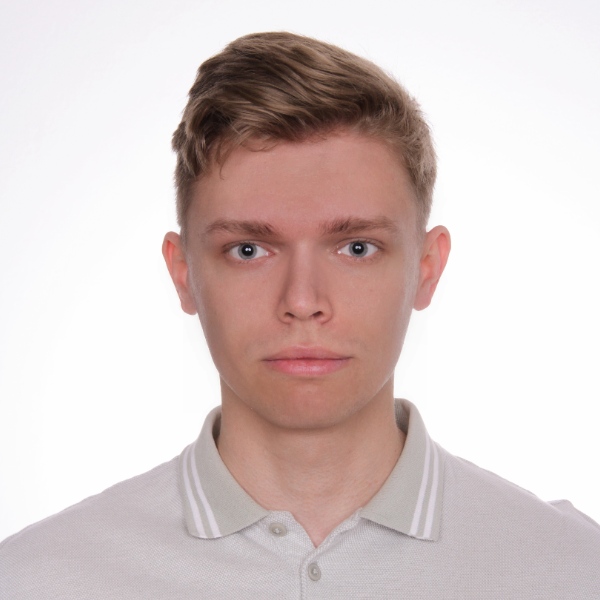

Robert Jankowski
Postdoctoral Fellow
TU Delft
research (at) robertjankowski.net
Invited Talks
Network geometry and multidimensional hyperbolic maps of real networks.
- Faculty of Physics, Warsaw University of Technology, Poland, 2024.
Contributed Talks
Network representations reveal structured uncertainty in music.
- XIII Polish Symposium on Physics in Economics and Social Sciences, Warsaw, Poland, 2025.
Task complexity shapes internal representations and robustness in neural networks.
- IAIFI PhD Summer School, Boston, USA, 2025.
Mapping bipartite networks into multidimensional hyperbolic spaces.
- NetSci 2025, Maastricht, The Netherlands, 2025.
Feature-aware ultra-low dimensional reduction of real networks.
- NetSci 2024, Quebec City, Canada, 2024.
The D-Mercator method for the multidimensional hyperbolic embedding of real networks.
- APS March Meeting, Minneapolis, USA, 2024.
- 2nd Meeting of the Spanish Chapter of the CSS, Barcelona, Spain, 2024.
- Statphys28, Tokyo, Japan, 2023.
- NetSci 2023, Vienna, Austria, 2023.
- CCS 2022, Palma de Mallorca, Spain, 2022.
Role of time scales in coupled epidemic-opinion dynamics on multiplex networks.
- NetSci-X 2022, virtual/Porto, Portugal, 2022.
The influence of relations in forming interactions among communities on social websites.
- SFINKS conference, 2021. Best student presentation.
Crucial factors determining the popularity of scientific articles.
- 10th Polish Symposium on Physics in Economy and Social Sciences, 2019.
Posters
Task complexity shapes internal representations and robustness in neural networks.
- IAIFI Summer Workshop, Boston, USA, 2025.
Feature-aware ultra-low dimensional reduction of real networks.
- 3rd Meeting of the Spanish Society of Complex Systems, Madrid, Spain, 2025.
D-Mercator: multidimensional hyperbolic embedding of real networks.
- XXIV Congreso de Física Estadística, Pamplona, Spain, 2023.
Generating interactions for friendship networks.
- NetSci 2023, Vienna, Austria, 2023.
From relation to interactions: a case study in Reddit website.
- 11th Polish Symposium on Physics in Economy and Social Sciences, 2021.

